Here are some fun facts about Finnish nature. You might know Finland for magical winter in Lapland or Northern Lights that dance on the dark winter sky. But Finland is much more than snow, ice, and dark winter months. For couple of months of the year. We gathered some well-known facts about Finnish nature, and checked if they are really true.
1. Why Finland is called the land of thousands of lakes
Let’s begin with perhaps the most famous saying about Finland. Finland is known as the land of thousands of lakes, but that number is not even close to the truth. There are, in fact, 187,888 lakes* in Finland – more than in any other country.
*) The figure varies depending on the definition and size of the lake.
The largest lake in Finland is Saimaa, followed by Päijänne, and Lake Inari. If you are travelling within Finland, it is important to notice that there are many lakes with same names. The most common name for a lake in Finland is Saarijärvi as there are 198 lakes called like that. Särkijärvi, Pitkäjärvi, Kivijärvi, and Syväjärvi are also common. Smaller lakes are often called ponds. Mustalampi, Ahvenlampi, Haukilampi, Särkilampi, and Kuikkalampi are the most common names for them.
Here are some of our favorite lakes that provide nice setting for recreational activities and have previously featured on our site:
- Walking around beautiful Suurijärvi lake in Savonlinna
- Walking around spectacular Littoistenjärvi in Turku
- Ruostejärvi lake is fun nature destination for kids
- Pääjärvi recreation area has traces of the ice age
- Clear-water Lake Iso-Melkutin is hikers and divers’ treasure
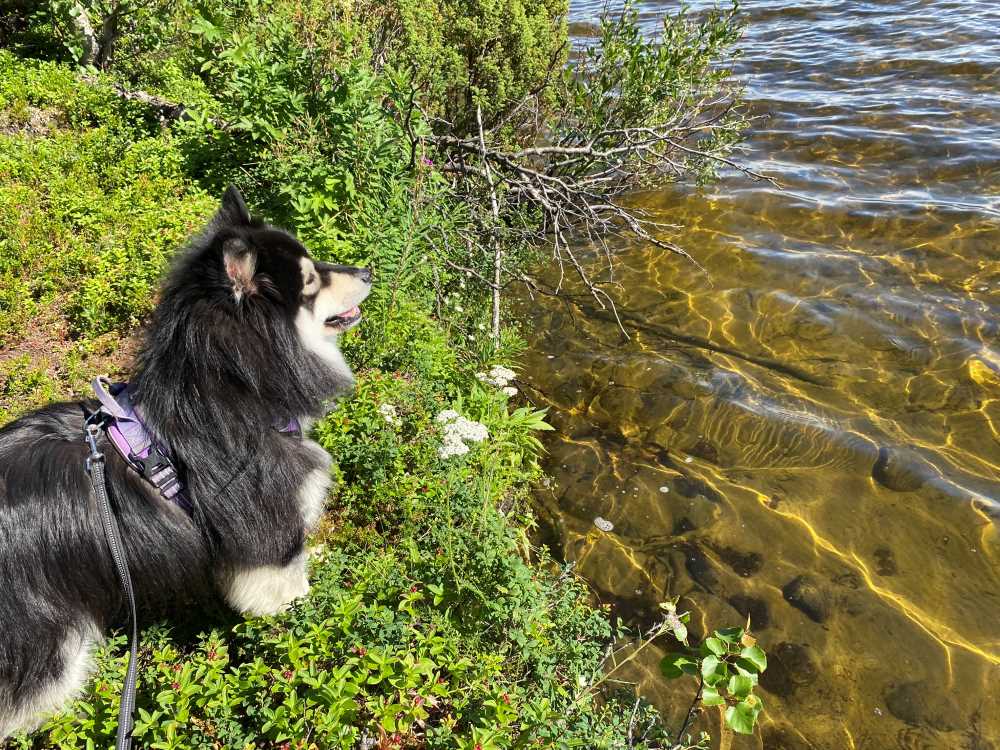
2. The Finnish archipelago is one the largest archipelagos in the world
The number of islands in Finland is in the same category as lakes; Finland has whopping 179,888 islands to explore. The Finnish archipelago in the Baltic Sea stretches along the entire coast of Finland, from the Gulf of Finland in the south to the Gulf of Bothnia in the west. The archipelago is formed by the glacial rebound of the land, which occurs when the land is released from the weight of the ice sheet and rises. This process is still ongoing and Finland is gaining several millimeters of new land to its archipelago’s shorelines on a yearly basis.
The archipelago is also known for its diverse and unique ecosystems and it is a popular destination for boating and island hopping as well as for sightseeing and nature observing. There are also several national parks in the Finnish archipelago, protecting its valuable flora and fauna: Gulf of Finland, Ekenäs Archipelago, Archipelago, Bothnian Sea, and Bothnian Bay.
3. Finnish nature is free for everyone to enjoy
Finland has an exceptional concept called everyman’s rights, jokamiehen oikeudet in Finnish, which allows people to enjoy the country’s natural environment freely and responsibly. These rights and responsibilities give the public the right to access and responsibly use the country’s forests, fields, and waters for various recreational activities such as hiking, camping, and berry and mushroom picking. The best part about the everyman’s rights is that they are meant for all people, residents and travelers, equally. There are no entrance fees to Finnish national parks, nor to many trails and lean-to shelters that Finnish nature destinations provide. Finland is generally an expensive country to visit, but limited budget doesn’t prevent you from experiencing the Finnish nature.
The Everyman’s rights in Finland include:
- The right to walk, ski, cycle, and swim in the countryside, as long as you do not damage the environment or disturb other people’s peace
- The right to pick wild berries, mushrooms, and flowers
- The right to fish with a fishing rod and worm in lakes and sea
- The right to camp temporarily overnight in the wild
- The right to ice-swim and ski on the ice
- The right to use a motor vehicle, snowmobile, or boat on ice and in the water
It’s important to note that these rights come with responsibilities, and people are expected to respect the environment and other people’s rights while enjoying the Finnish nature. Some areas have specific restrictions, so always check them first. It’s always a good idea to check the local regulations and guidelines before engaging in any activities, and to make sure you follow the rules and leave no trace behind.
Exploring trails in Finland? Know the forest fire warning
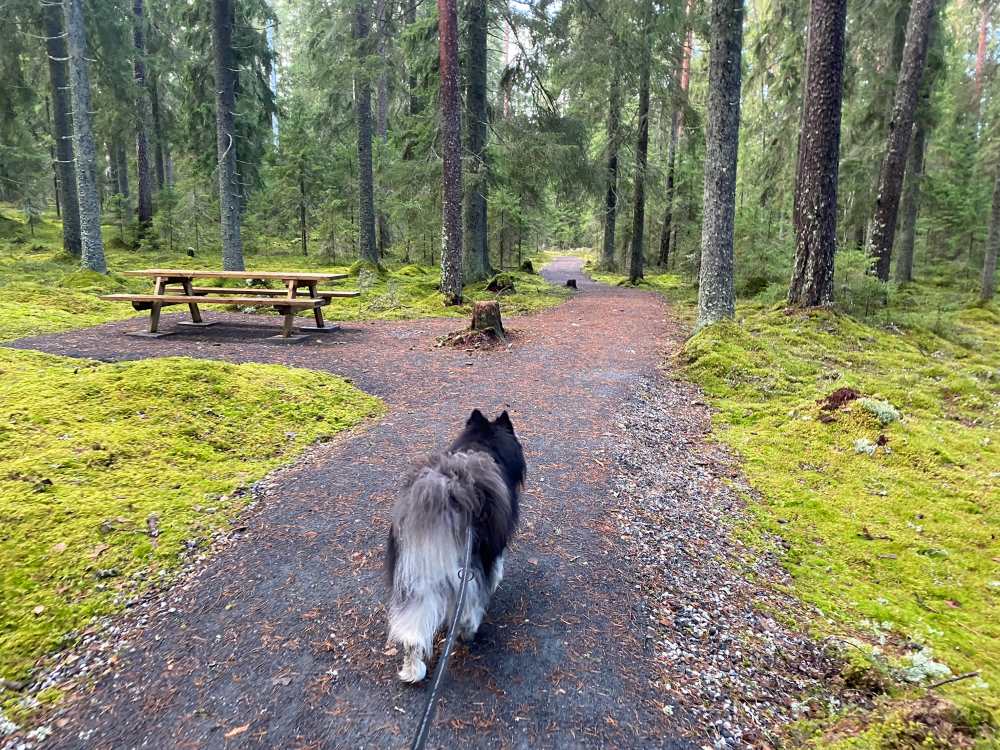
4. About 75% of Finland is covered by forest
One fun fact about Finnish nature is that the country has a total area of around 338,000 square kilometers, and around 253,000 square kilometers of that is covered by forest. Finland’s forests are mostly coniferous, primarily composed of pine, spruce, and birch trees. Finland has a long history of sustainable forest management and conservation, which has helped to maintain its forested areas. Finland’s forests are an important part of the country’s natural heritage and culture, and they provide a range of ecological, economic, and social benefits for the Finnish people.
There are many sayings that reflect the importance of forests in Finnish culture and the deep connection that Finns have with their nature:
- Tyvestä puuhun noustaan = A tree is climbed from its base
- Niin metsä vastaa kuin sinne huutaa = The forest answers in the same way one shouts at it, or as the same saying goes in German, Wie man in den Wald hineinruft, so schallt es heraus
- Ei näe metsää puilta = One can’t see the forest because of the trees, or big picture because of the details
- Kyllä luonto tikanpojan puuhun ajaa = Nature drives a young woodpecker into a tree, meaning that some things are bound to happen anyway since it’s nature’s way
- Joka kuuseen kurkottaa, se katajaan kapsahtaa = Anyone who reaches for a spruce will fall into a juniper, meaning that one shouldn’t be too ambitious
- Paskantaako karhu metsään = Does the bear shit in the woods, referring to obvious things
5. Finnish nature is the cleanest in the world
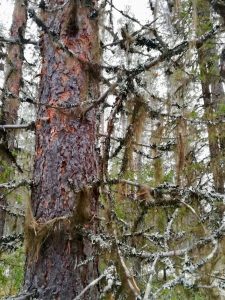
Finland is regularly rated one of the most environmentally-friendly nations in the world, according to the Yale Center for Environmental Law & Policy’s annual Environmental Performance Index. Air quality in Finland is the best in the world according to data released by the World Health Organization, WHO. Finland’s northern location and low population density contribute greatly to this. The country’s clean air is particularly notable in rural areas, where industrial development and vehicle traffic are less prevalent. Finland is a well-developed country, but it has a relatively low level of industrialization compared to other countries. This means that there are fewer sources of air pollution.
One good sign of Finland’s clean air is usnea. It’s moss that hangs from the trees. The usnea is known to be sensitive to air pollution, but you can see a lot of usnea in Finnish forests.
6. Finland recently established the 41st national park
Finland established its 41st national park to Salla in 2022. The country has a total of 41 national parks that cover a total area of approximately 9,700 square kilometers and provide important habitats for many species of wildlife, including threatened and endangered species. These parks are spread throughout the country and offer also a wide range of landscapes and activities for visitors. The Finnish national parks are run by Metsähallitus, Parks & Wildlife Finland. In 2022, there were over 3.5 million visits to Finnish national parks.
Some of the most popular national parks in Finland include:
- Pallas-Yllästunturi National Park: Known for its fell landscapes and hiking trails
- Oulanka National Park: Known for its rugged wilderness and hiking trails
- Riisitunturi National Park: Known for its hiking trails, cross-country skiing opportunities, and natural beauty
- Nuuksio National Park: Known for its location in the capital area and versatile hiking trails it provides
It’s worth noting that Finland also has many other protected areas, such as wilderness areas and nature reserves, in addition to the national parks.
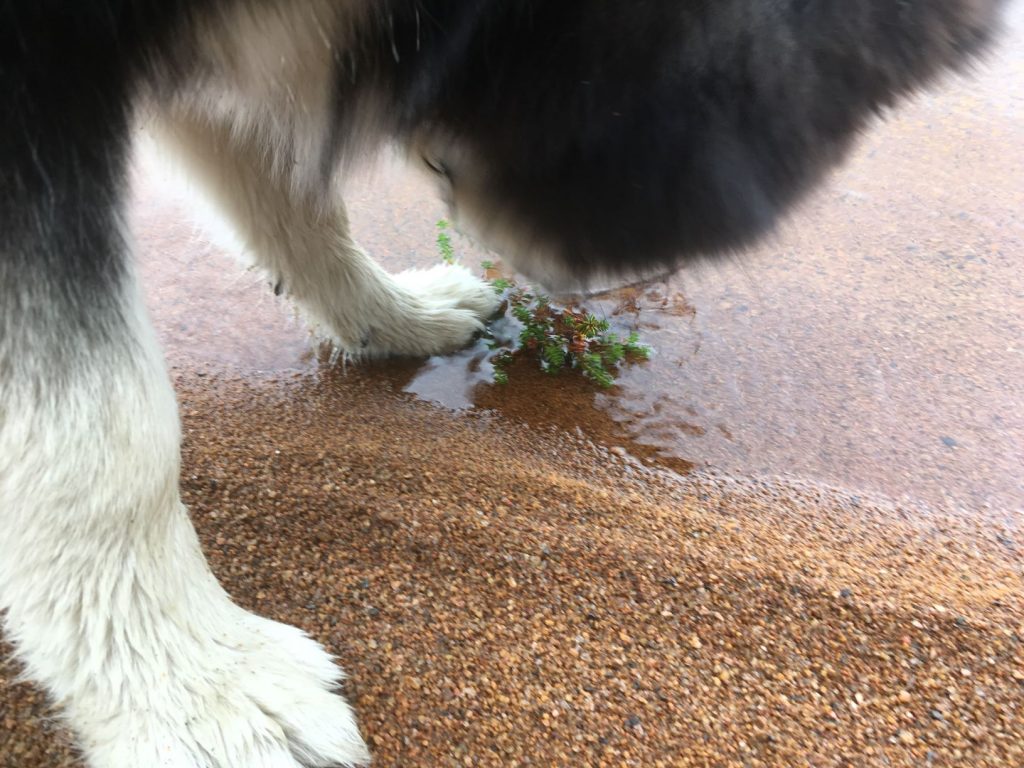
7. Why Finland is called Finland
The name Finland is believed to come from the people who lived in the area for thousands of years before the arrival of the Swedish and Russian conquerors, the Finns. The exact etymology of the word Finn is not known, but it could come from the Germanic word finnan, referring to the people of Finland. However, some historians believe its origins are actually Swedish, where the words finlonti and finlandi are believed to have been used as early as the 12th Century. Finland became the official name of the country when Finland gained its independence from Russia in 1917.
The official Finnish name of the country is Suomi which is could be derived from the word “suomaa” meaning marshland. The original inhabitants of Finland were the Sami people, who referred to the country as Sápmi. Words Saami and Häme come from ancient Baltic word meaning country, and Suomi could have similar origin. The exact origin of the word Suomi is unknown, but it used to mean area which later became known as Proper Finland, Varsinais-Suomi.
8. The longest name for a place in Finland is Äteritsiputeritsipuolilautatsijänkä
Äteritsiputeritsipuolilautatsijänkä is a bog region in Savukoski, in Lapland. The name is 35 letters long and it is the longest name for a place in Finland. Jänkä is a common word for an open bog in Lapland, but other than that the origin and meaning of the name are unknown. Would you know how to say that you have been in Äteritsiputeritsipuolilautatsijänkä? Or is it better to skip visiting it since it’s too difficult to say?
The second longest name is Vanhainpiikainmarkkinaplassi, which is a small hill located in Ikaalinen near Tampere. Vanhainpiikainmarkkinaplassi can be translated as market place for old maids. We wonder where that place could have gotten its name.
The longest name for an island is Kaksikymmentäviisipenninen, located in Ikaalinen. Neljänkymmenenpenninkangas can be found from Haapajärvi. For some reason, Kittilä municipality has many long names for forest areas: Naakenavaaranalapääkummut, Kynnenpusertamanmännikkö, Nililahdenjänkänsarvisto, Purnuvuomanympärystievat, and Vuopionperänvuomantievat. Good luck for asking for directions in Lapland.
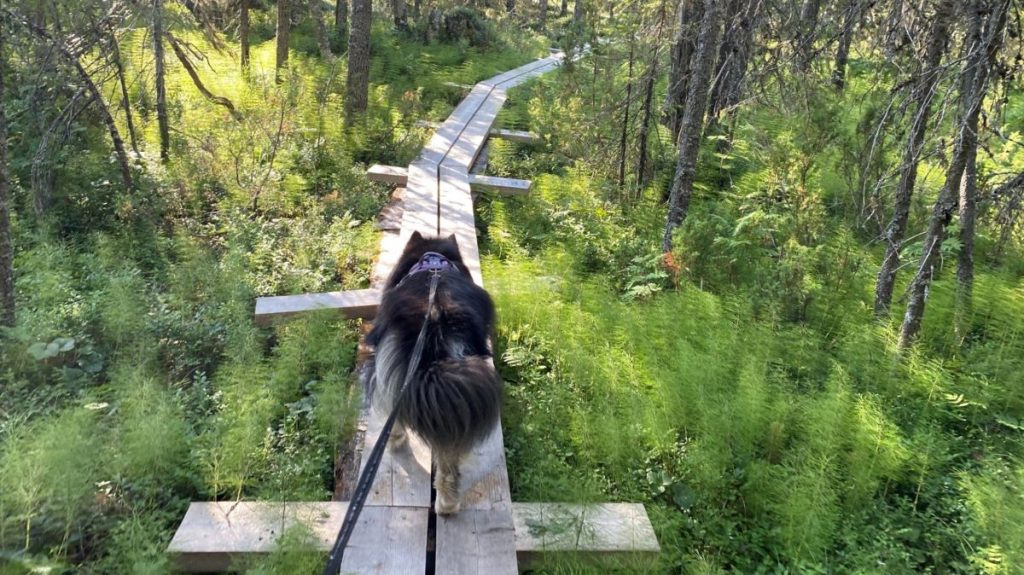
9. Finnish sauna culture is strongly connected to nature
Finland is the home of the famous Finnish sauna culture, with over 3 million saunas in the country with a population of 5.5 million. Traditional Finnish saunas are often located in natural settings, such as by lakes, rivers, or in forests. This connection to nature enhances the overall sauna experience, as it allows bathers to connect with the natural world while enjoying the sauna’s heat and relaxation.
In traditional Finnish saunas, the heat source is usually a wood-burning stove. The act of heating the sauna with fire is a direct interaction with nature. Sauna-goers often use natural water sources, such as lakes or rivers, for cooling off after a sauna session. Plunging into cold water or rolling in the snow after the intense heat of the sauna is a memorable nature experience.
10. There are many fun outdoor sports in Finland
The versatile Finnish nature enables different kind of fun sports and competitions. Perhaps the strangest of all is the wife-carrying world championships. This extreme obstacle course, which is organized in Sonkajärvi every July, has become an international phenomenon, and the event is attended by couples from all over the world.
Another popular competition is the swamp soccer world cup, organized in Hyrynsalmi. You might have seen chef Ramsay take part in this fun sport in Gordon Ramsay: Uncharted episode that took place in Finland. Other fun sports competitions include the European gold panning championships in Tankavaara and the summer ice-fishing world championships in Pudasjärvi. There used to be mosquito killing world championships but that has been discontinued for obvious ethical reasons.
Do you know any other fun facts about Finnish nature? We would love to hear it, share it in comments below!
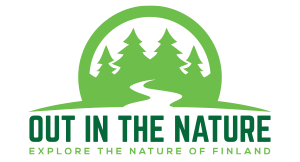
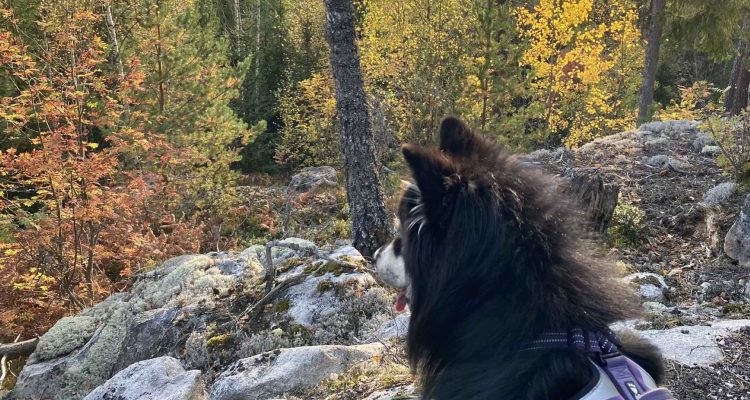
Hauskoja ja hyviä faktoja suomalaisellekin sinun listassasi. Nyt ehkä eniten harmittaa, etten vieraillut Vanhainpiikainmarkkinaplassilla enkä Kaksikymmentäviisipennisellä, vaikka juuri vähän aikaa sitten vietin aikaa Ikaalisten seudulla ulkoillen 🙂 . Hyvä, että nyt on ohjelmaa tulevillekin kerroille 🙂 !
Kerro sitten millaisia paikkoja ne on! Mä bongasin kerran kartasta mäen nimeltä Jerusalem, ja pakkohan se oli käydä katsastamassa. Sittemmin opin, että Suomessa on monta Jerusalemia. 😀